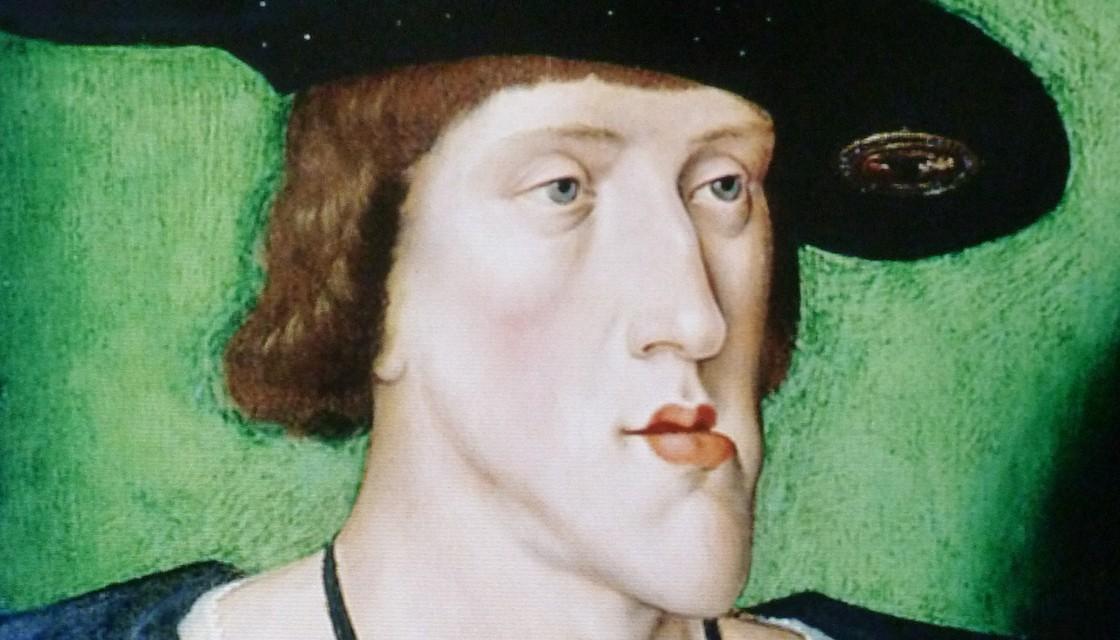A royal family's signature facial deformity was almost certainly thanks to their rampant inbreeding, scientists say.
The Habsburg dynasty ruled swathes of Europe from the 15th century until dying out in the 18th, the severely disabled King Charles II unable to produce an heir.
The most distinctive feature of Charles' misshapen appearance was his prominent jaw, a combination of two deformities - maxillary deficiency and mandibular prognathism. The prior causes the middle of the face to sit back, and the latter sees the jaw stick forwards.
Charles' underbite, shown several paintings done at the time, was so bad he couldn't chew.
When he died, the doctor who performed the autopsy said his body "did not contain a single drop of blood; his heart was the size of a peppercorn; his lungs corroded; his intestines rotten and gangrenous; he had a single testicle, black as coal, and his head was full of water".

It's long been suspected his problems - which included mental, as well as physical disabilities - were the result of inbreeding, desperate to keep power within the family.
Charles II wasn't the only Habsburg to have what became known as 'Habsburg jaw'. Now a new study has found the more inbred a member of the family was, the worse their maxillary deficiency and mandibular prognathism.
It was previously suspected the prominent jaw might have just been a random trait passed down the genetic line.
"The Habsburg dynasty was one of the most influential in Europe, but became renowned for inbreeding, which was its eventual downfall," said researcher Roman Vilas from the University of Santiago de Compostela.
"We show for the first time that there is a clear positive relationship between inbreeding and appearance of the Habsburg jaw."
They asked surgeons to diagnose facial deformities in 66 contemporary portraits of 15 members of the Habsburg dynasty, painted in a realistic style.
The results were near-definitive - the more inbred a royal was, the worse their deformities, particularly mandibular prognathism. For example, Mary of Burgundy - who married into the family in 1477 - was ranked the least deformed.

The researchers say it's likely Habsburg jaw is a recessive condition, meaning it only appears when parents supply identical copies of the same gene - an occurrence much more likely when they're closely related.
The same condition can be seen in highly inbred dog breeds, such as bulldogs.
"While our study is based on historical figures, inbreeding is still common in some geographical regions and among some religious and ethnic groups, so it's important today to investigate the effects," said Vilas. "The Habsburg dynasty serves as a kind of human laboratory for researchers to do so, because the range of inbreeding is so high."




